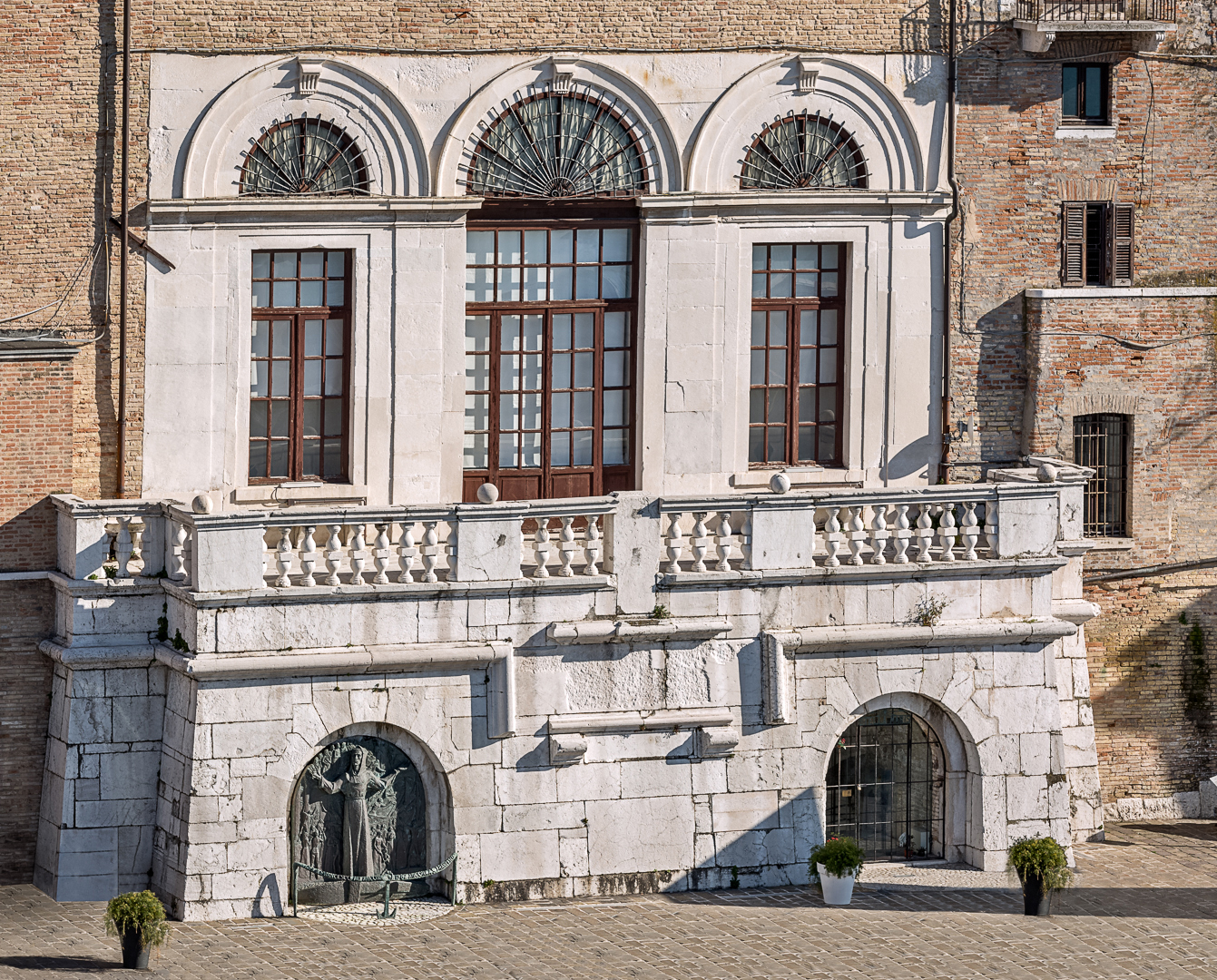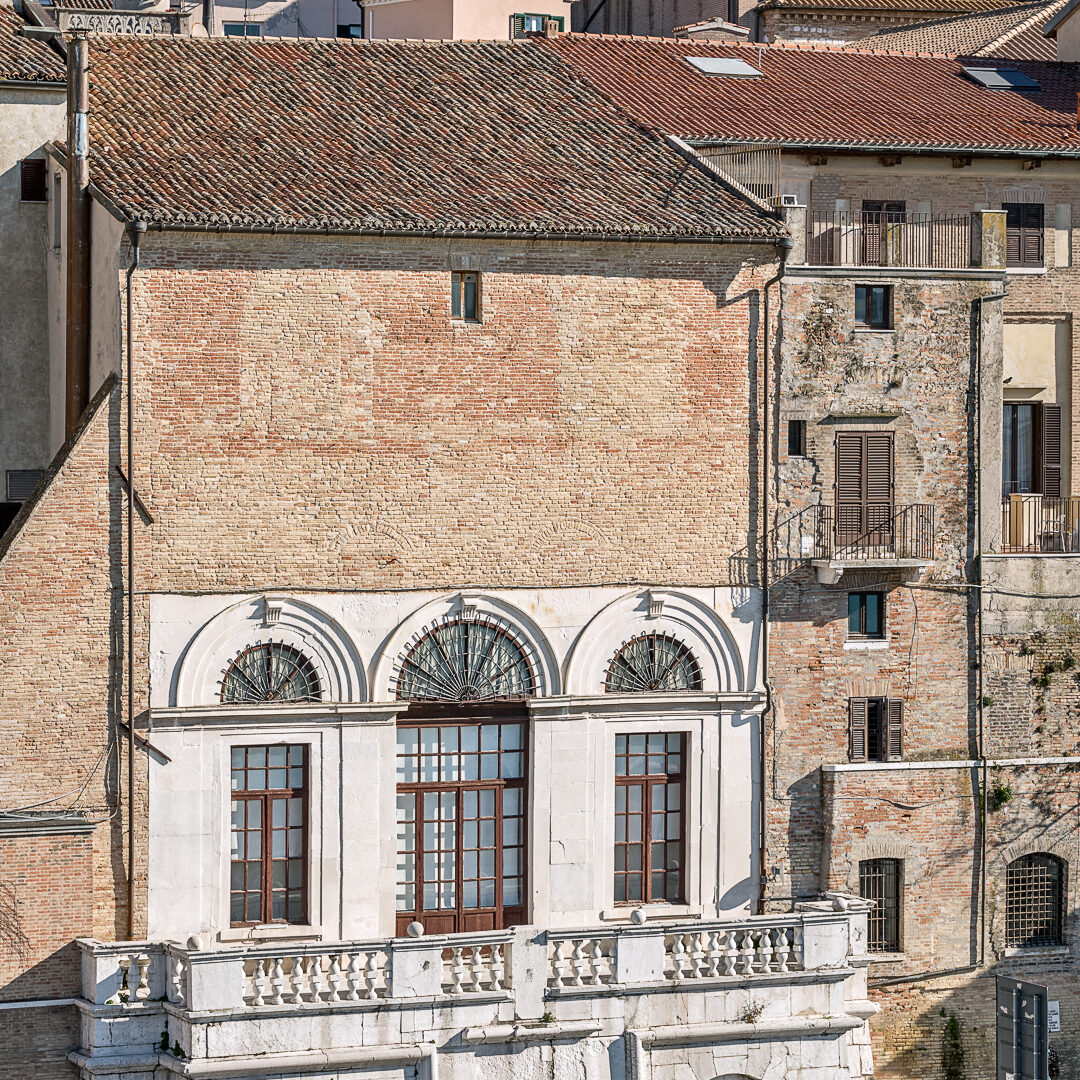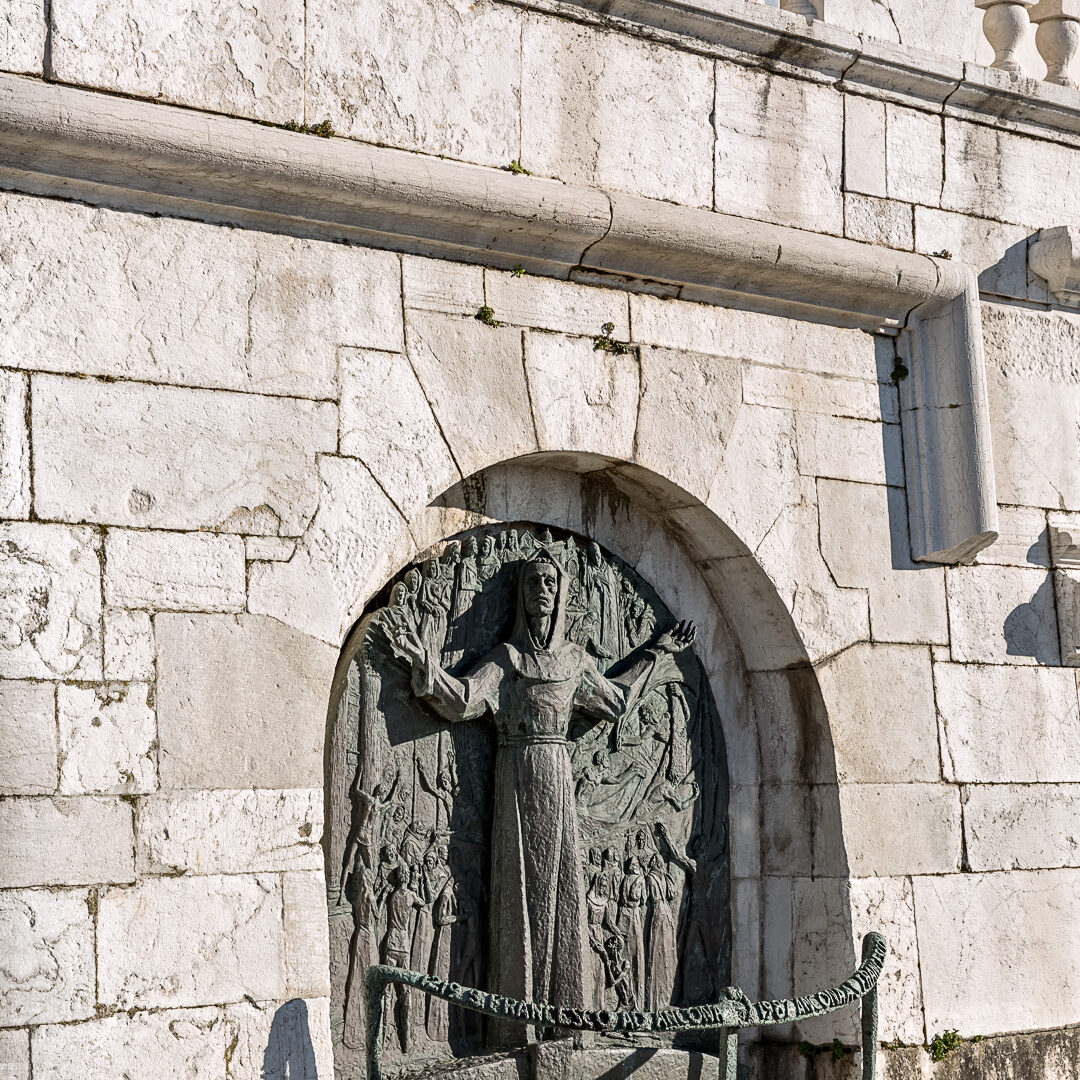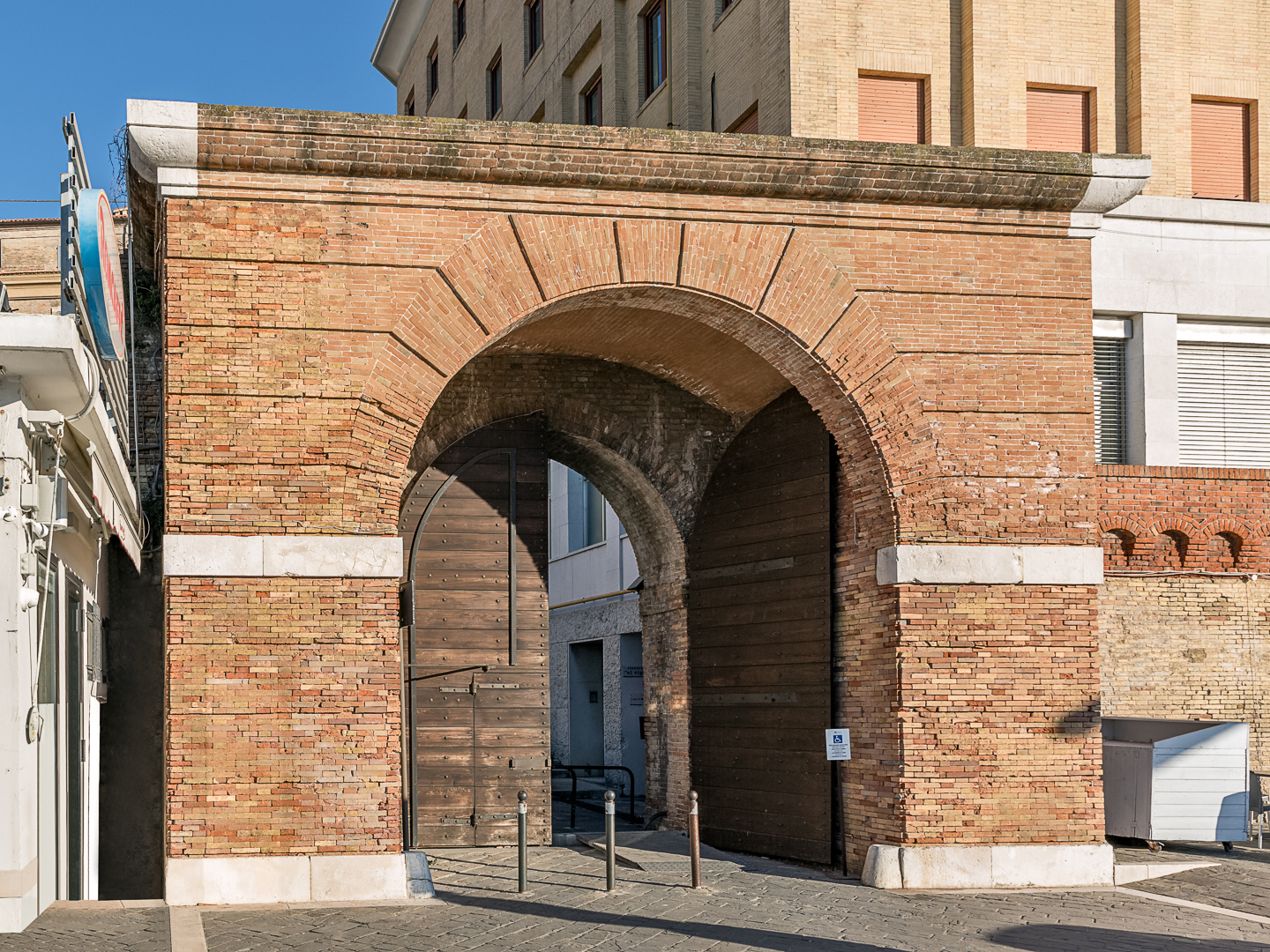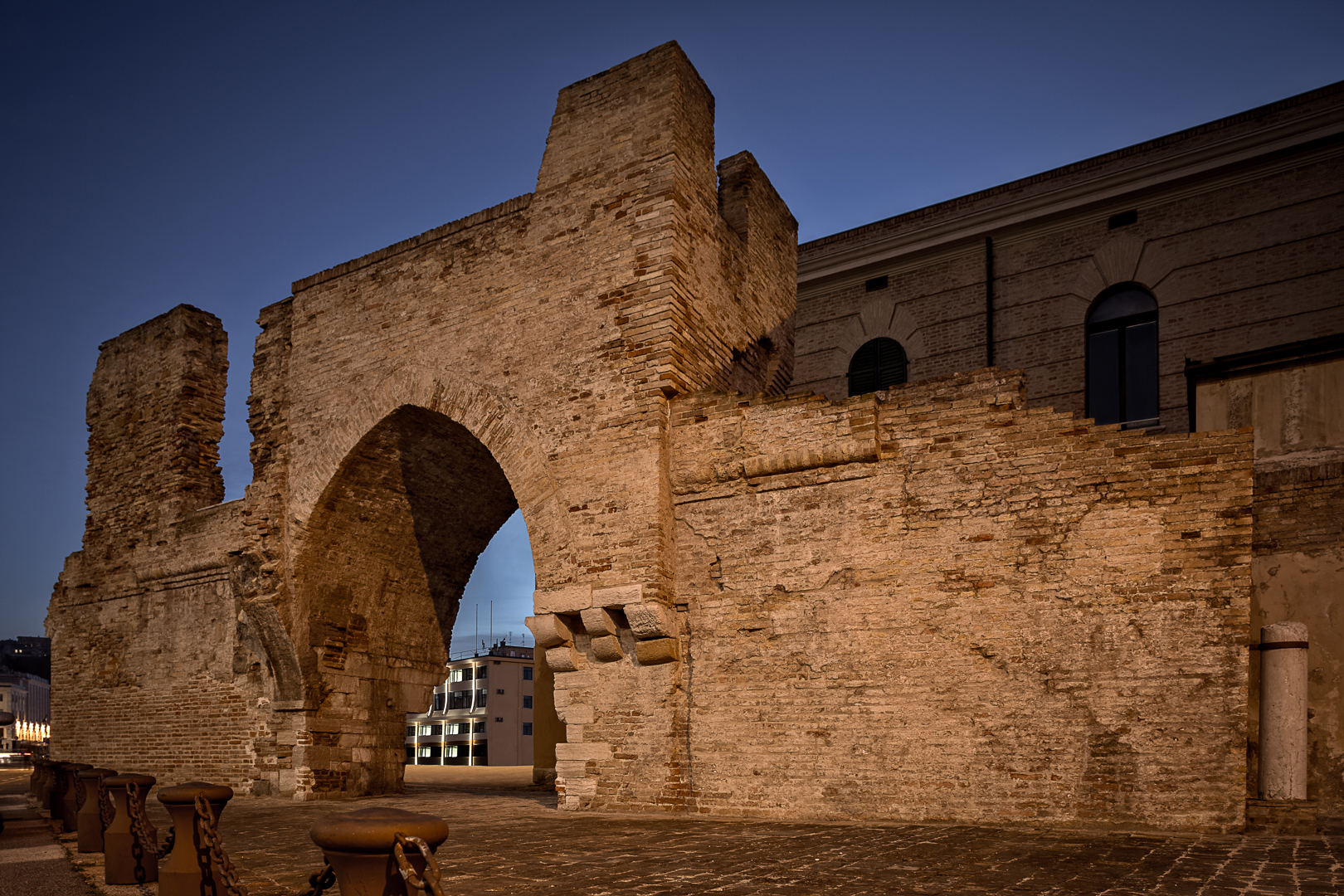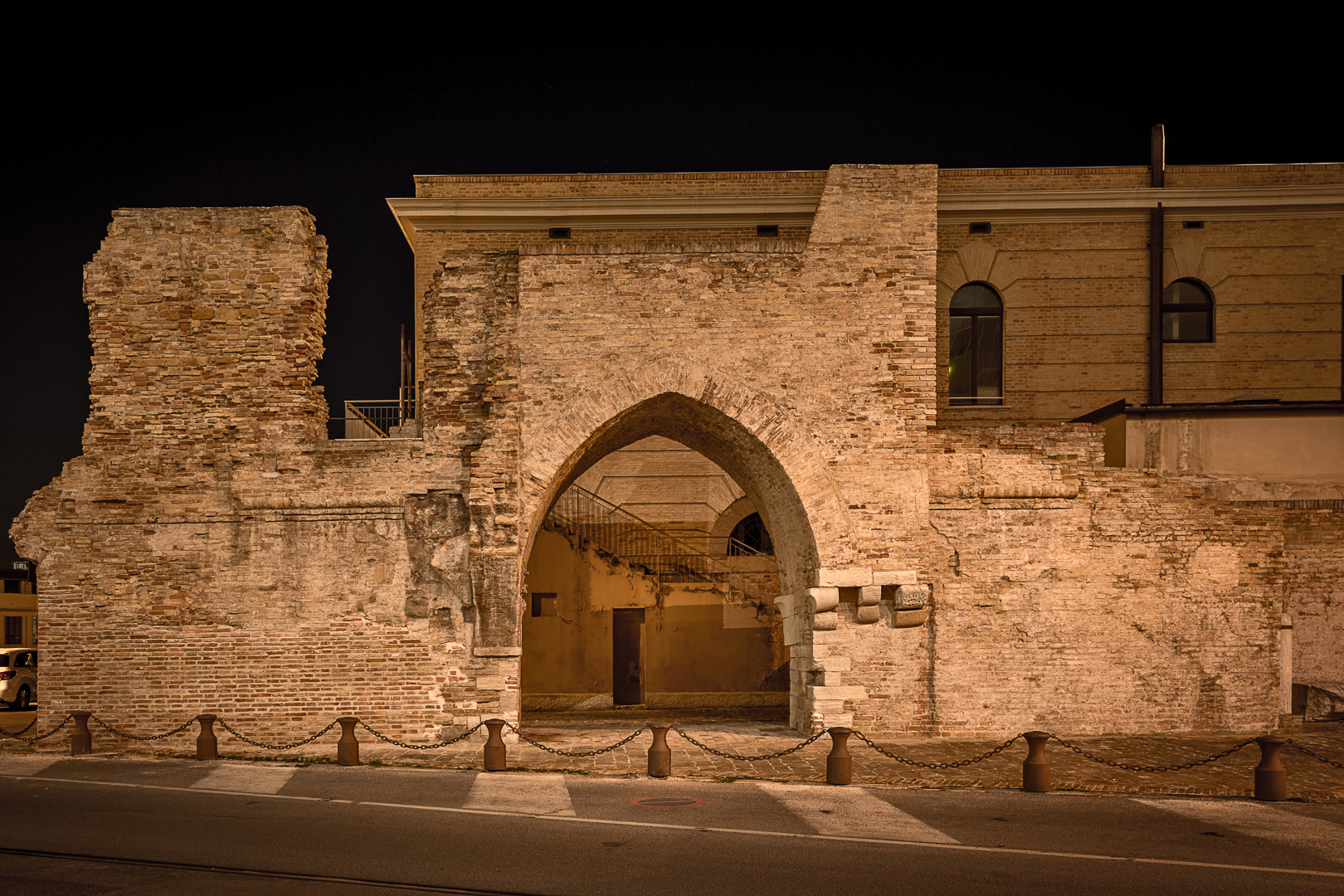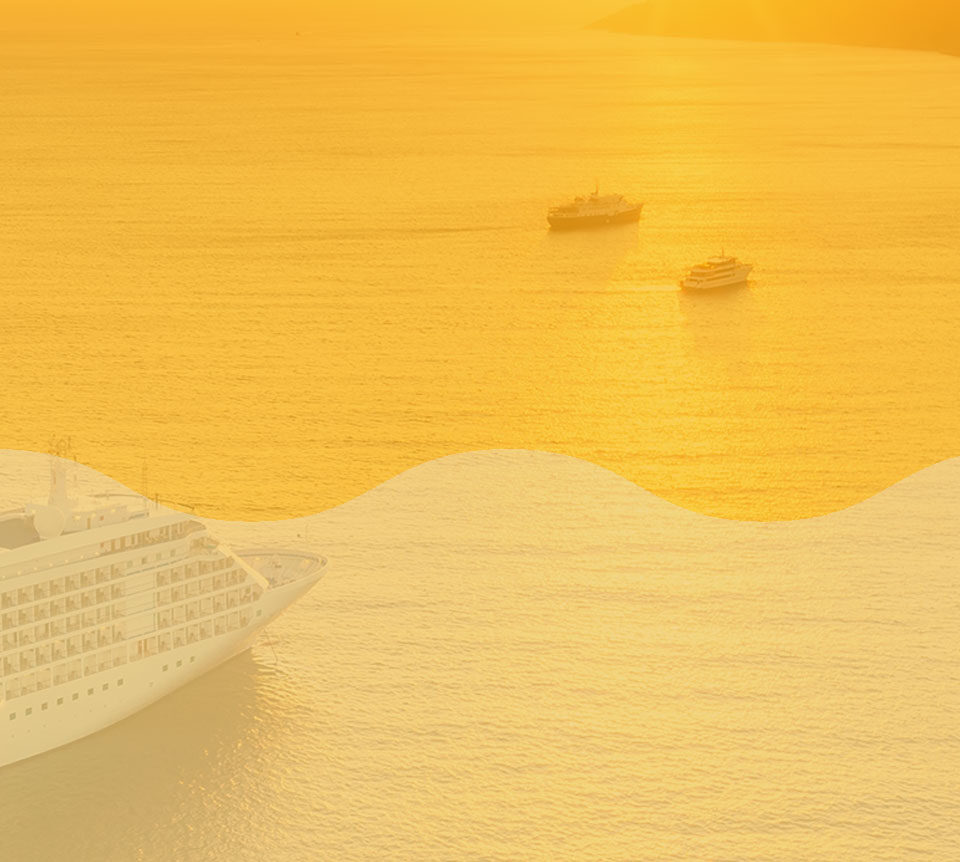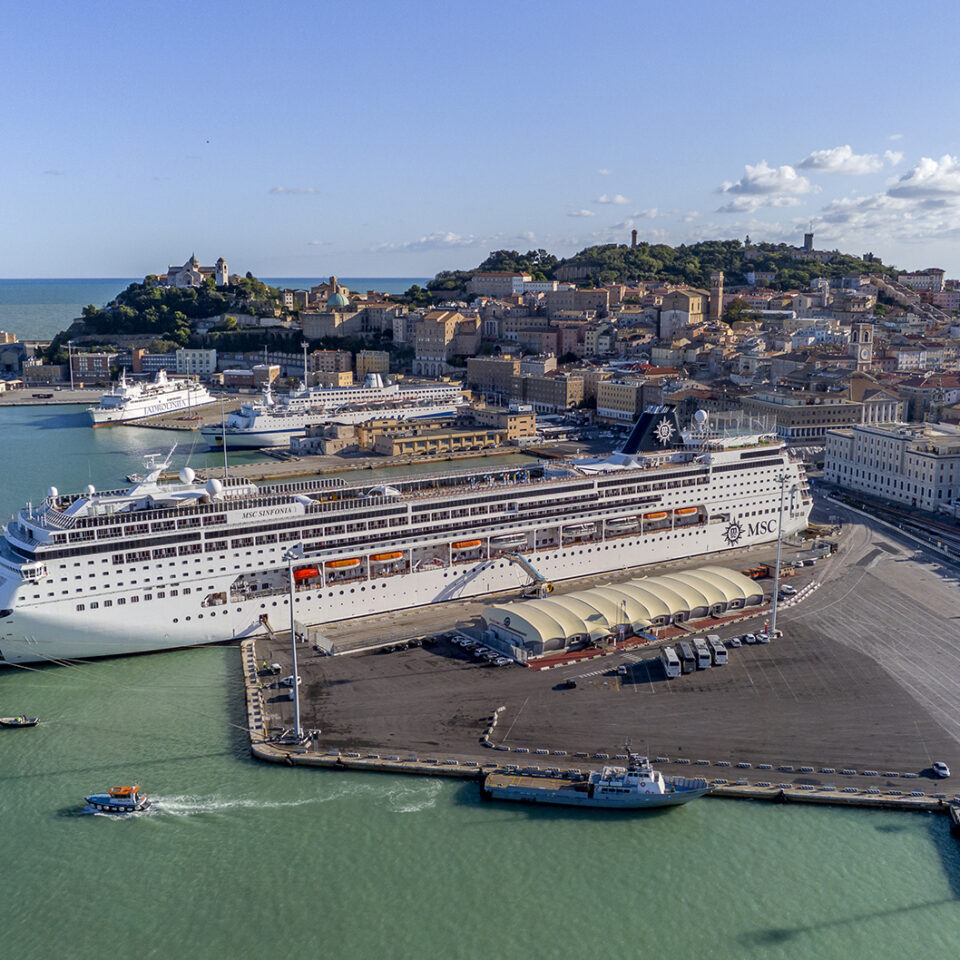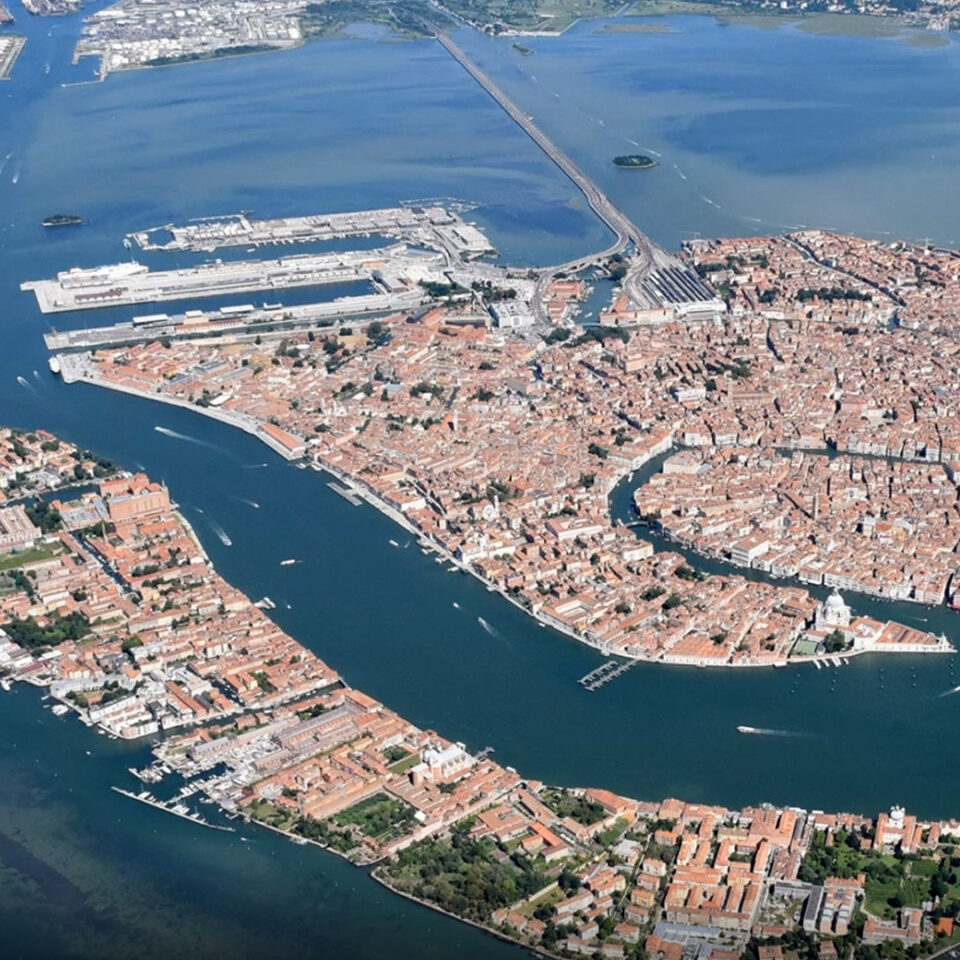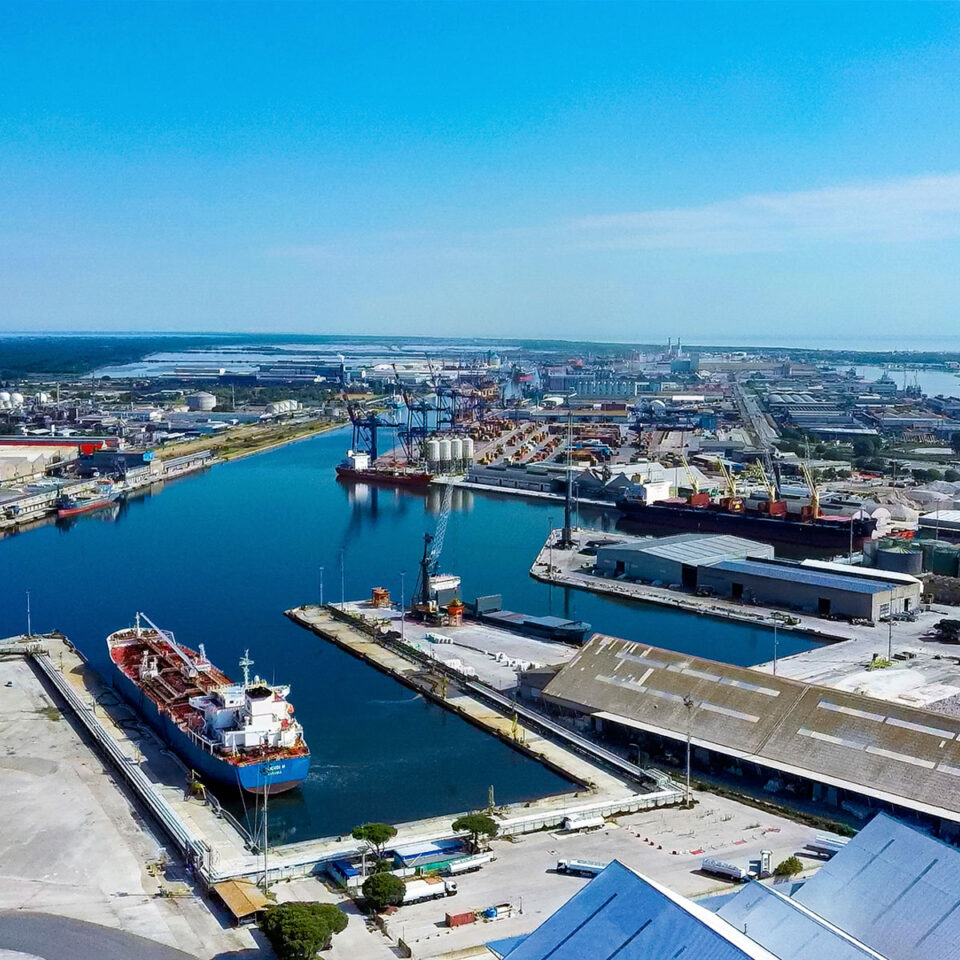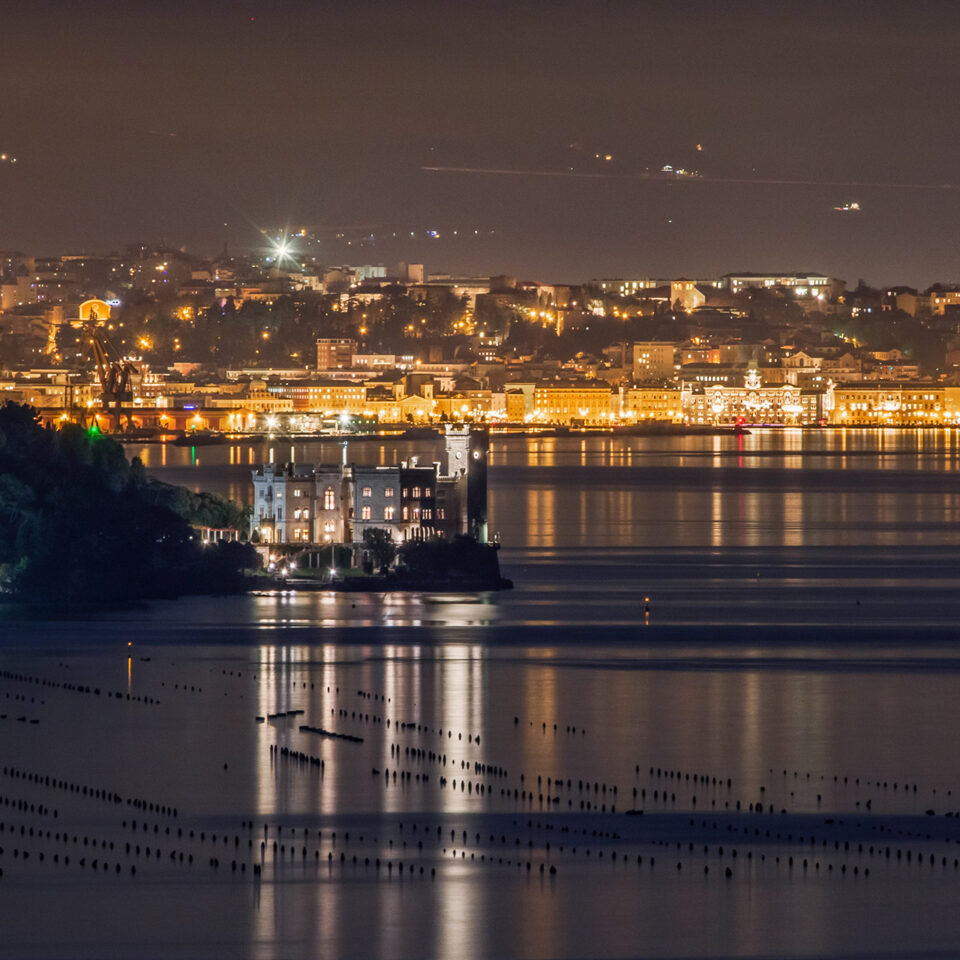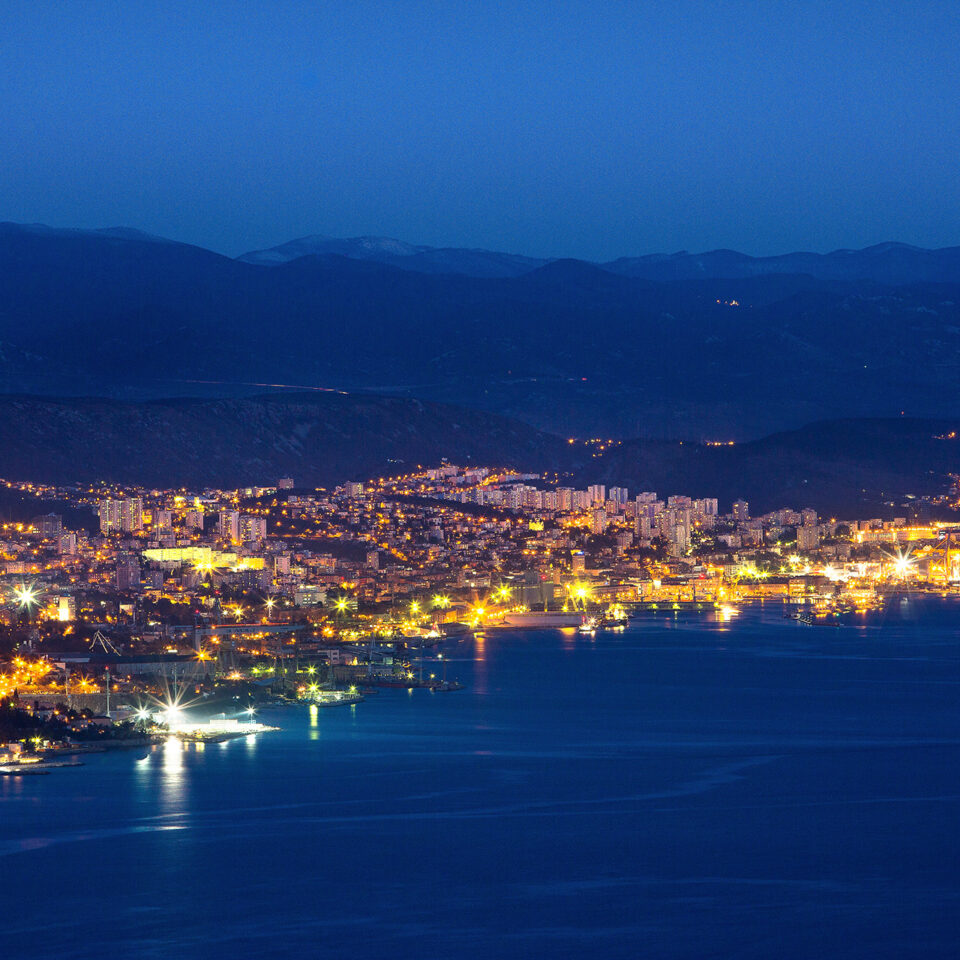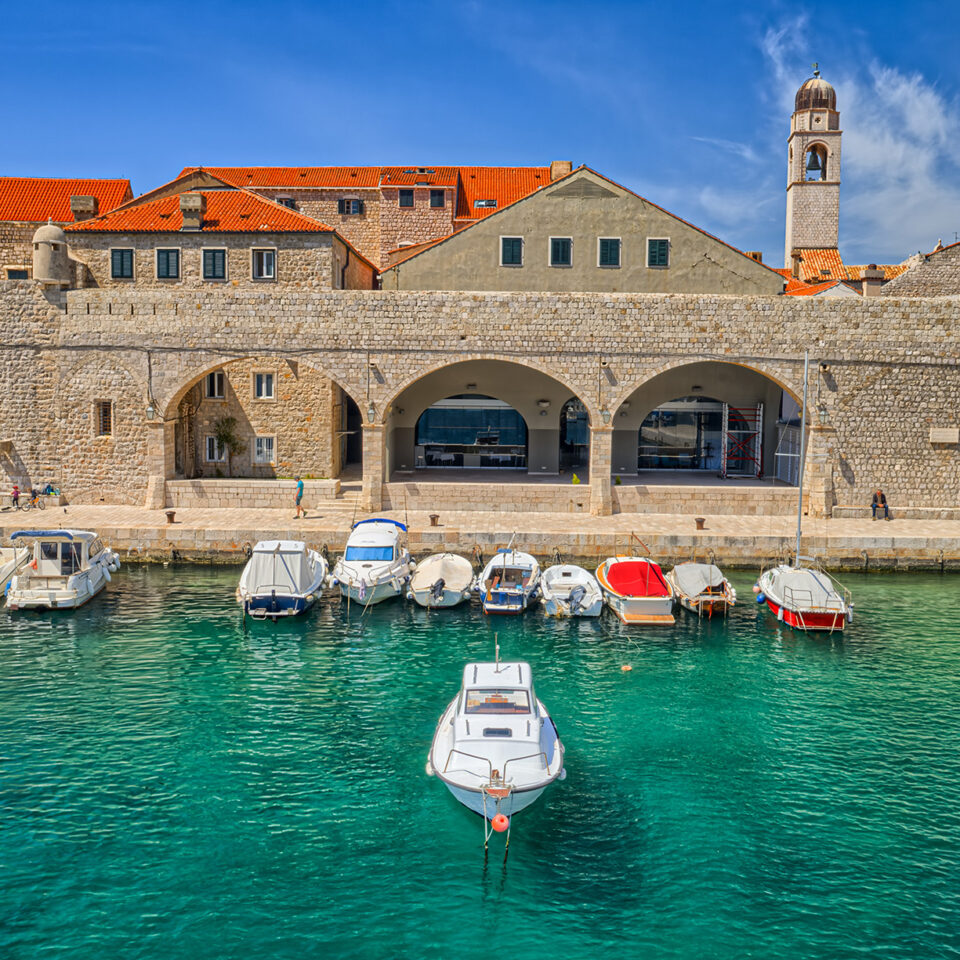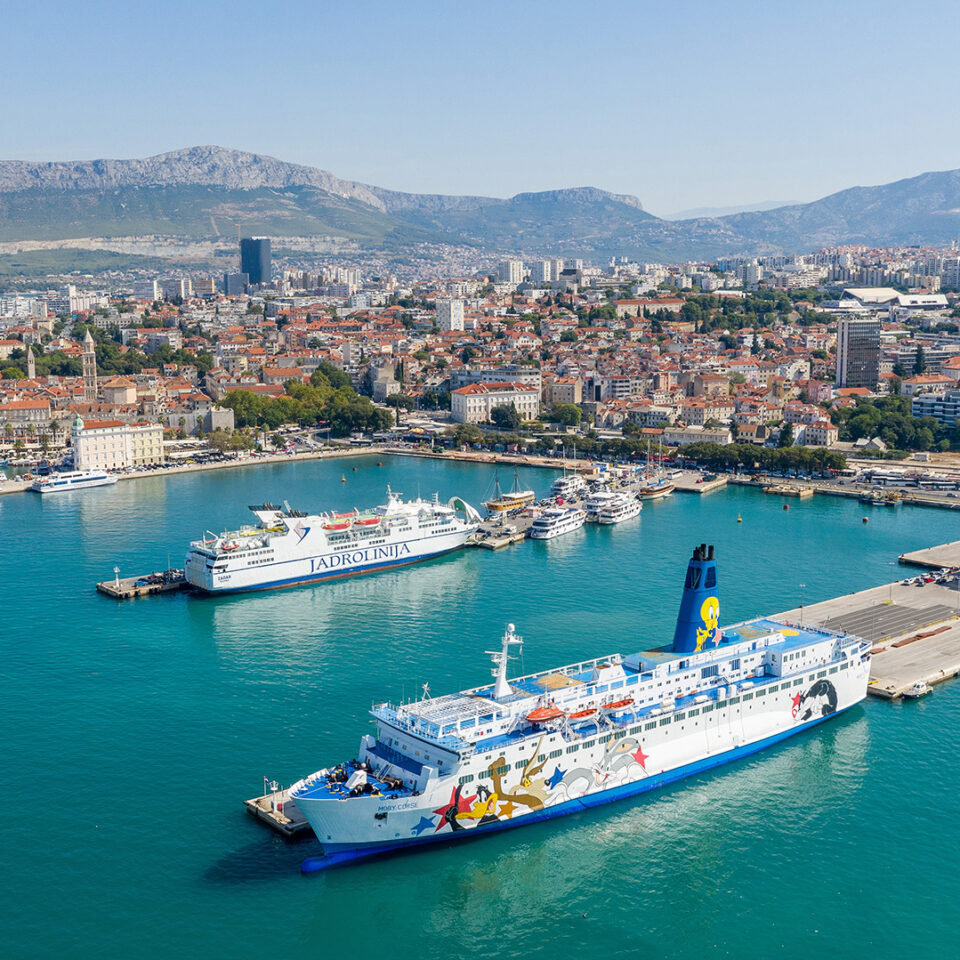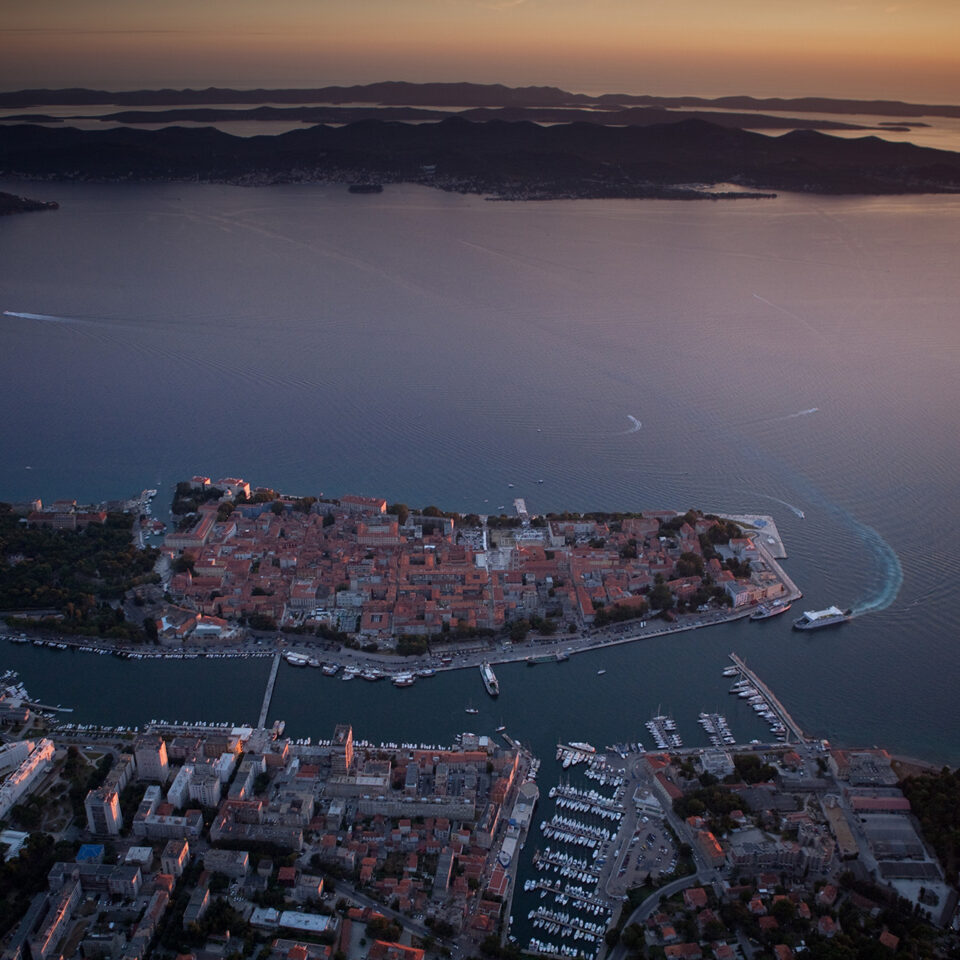

THE PORTELLE
Up until the mid-19th century, there were openings along the perimeter of the port connecting it to the city. These were called portelle; there were six, and they made the loading and unloading of goods easier. There was no wharf and it wasn’t easy to access the city through them, as the sea lapped against the wall along which a narrow sidewalk ran, with steps leading to each portella. To ensure protection during the night or in case of danger, the openings could be barred and guarded. Today, four portelle are still visible. Portella della Loggia – built in the 15th century using Istrian stone – has two arches, which merchants used to access the Sala della Loggia directly above, where goods were bought and sold. A curious detail is the votive shrine of the Stella Maris, as is the bas relief depicting St. Francis’s departure from Ancona on his way East. Portella Santa Maria, also known as Portella della Dogana, is set in the ancient walls. It offered direct access to the Customs office (the dogana) in Piazza di Santa Maria. With its barrel vault lined in brick and stone elements, this Portella displays Mediaeval details on the side facing the city, while the side looking out to sea, rebuilt after WWII, presents 19th century features. Portella Torriglioni – a brick structure that is now part of the port’s military zone – bears the name and the coat of arms of the family to whom it was entrusted in the 16th century. Portella Palunci (here the 3D model) was also part of the 14th century walls. It is built in brick and includes stone elements at the base of the pointed arch. At the summit, you can still make out the walkway behind the battlement. It owes its name to the Paluncovich family, originally from Dubrovnik.
Text: Cristiana Colli

